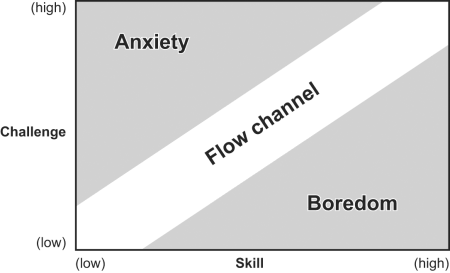

Generating Interest In Learning
Different interests are a vital part of cultural diversity, and this is what makes the world such a vibrant and exciting place. But what is interesting and which factors are necessary and sufficient to create interest? In the sphere of education, getting students interested in the same thing is essential: curricula are fixed and interest has the potential to improve the enjoyment of learning immeasurably. So, let’s dive into the possible sources of interest to see if they can be harnessed in any way.
“Interest is not just a content-related phenomenon”
A common attempt to make something more interesting is to embellish it with colourful anecdotes: tangential stories and quotations from various titans of the particular field. However, interest is not just a content-related phenomenon. Interest depends on both comprehension and complexity – in other words, for a topic to be interesting the right balance must be struck between the accessibility of the topic, and the complexity of the topic. Learning becomes most rewarding when ease of comprehension is balanced with complexity that stretches the learner. In this way, making a topic accessible comes first.
Adding complexity may well make something more interesting. Often, though, complexity can be a stone’s throw away from confusion, particularly when presented to a diverse audience. Paul Silvia, a world-leader on the psychology of interest, supports this straightforward conclusion: to increase interest in a subject, one should enhance comprehension and/or complexity. What we are beginning to see, however, is that enhancing the ease of comprehension must come first, before adding complexity to a topic. Adding complexity too soon can alienate your audience so that a topic not only becomes confusing, but also uninteresting as a consequence.

So, from studies like Silvia’s, it seems there is a key question at the heart of the problem of interest: what is the right balance between ease of comprehension and complexity? Mihaly Csizkszentmihalyi’s Flow Theory seems to epitomise this balance perfectly. The diagram above illustrates his theory neatly: in essence, to maintain interest, there must be a Goldilocks balance -: not too bored as a result of too little complexity, but not too anxious as a result of too much complexity and too little comprehension. Over time, as competence rises, clearly complexity should rise, but not by too much, nor by too little. The Goldilocks zone is the “flow channel” above. What is particularly noteworthy, though, is that making a subject unnecessarily or tangentially complex not only risks over-stimulation and anxiety, but can also reduce interest, as the topic becomes more inaccessible.
Clearly, pitching material at too lofty a level can alienate your audience, leaving them bored and unable to engage. Perhaps, then, striving for simplicity ought always to be the priority, before attempting to add complexity: we can always stretch our audience once they are engaged with the topic at hand, but try to stretch them too soon and we can lose their interest entirely. This suggests that pitching content at a level that everyone can understand is vital in the art of generating interest.
How then do we achieve this flow state, when the level of skill and therefore appropriate level of complexity is unique to every member of the audience? Graham Nuthall views learning as the connections that students make between what they encounter in the classroom and what they already know. He argues that 1/3 of what students learn will be unique to them and that students will already know roughly 40% of what they are taught, but nobody will know the exact same 40%.
The art of creating shared interest lies in ensuring that the most knowledgeable audience members are not driven to boredom, whilst simultaneously avoiding driving the least knowledgeable members towards anxiety. The ability to pitch content to both the highest and lowest level in the room is something that should be strived for in education to deliver interest, but also attainment. Hopefully, this is where an adaptive technological solution can make generating interest far more achievable.





